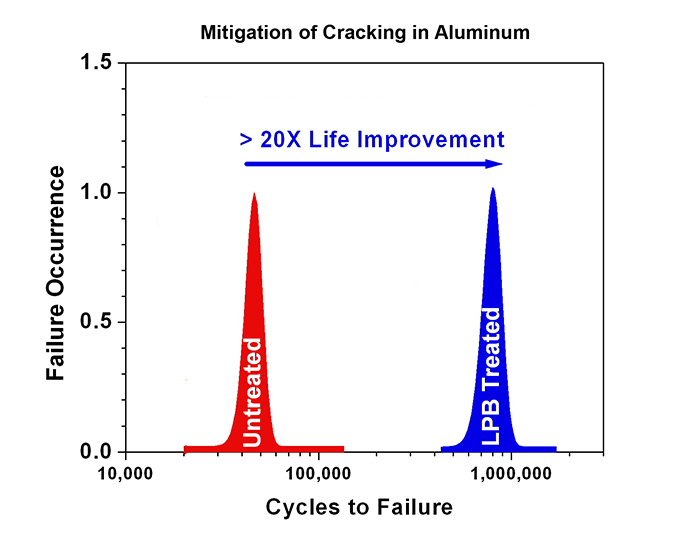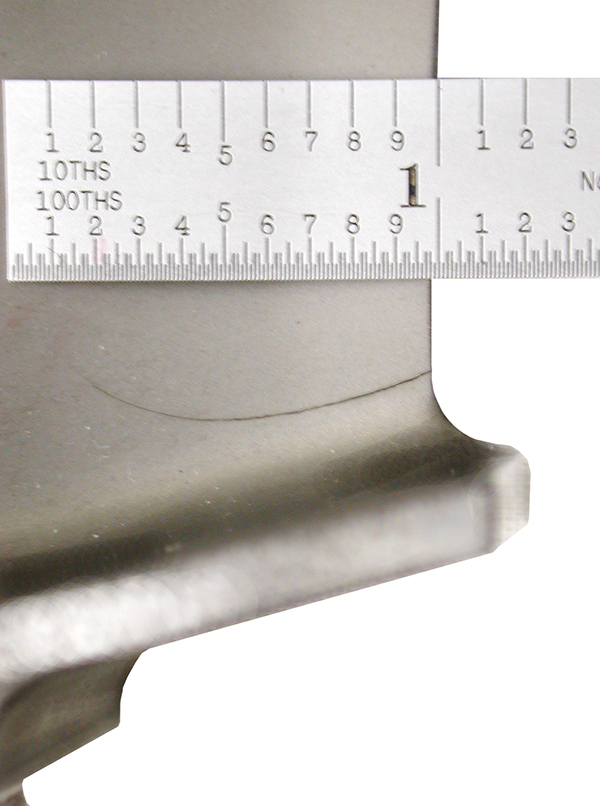High Cycle Fatigue
What is it?
High cycle fatigue is a type of metal fatigue caused by alternating stresses in the elastic range. Fatigue cracks start after long periods of use such as hundreds of thousands or millions of cycles. It can occur in any moving part but is more common in rotating parts such as shafts, gears, disks, and turbine blades.
Why does high cycle fatigue cause failure in critical components?
The component is first subjected to repeated loading and unloading of stresses. Microscopic cracks begin to form in the high-stress areas. Eventually, the crack will reach a critical size, propagate suddenly, and the material will fracture. These life-limited components must undergo rigorous, expensive inspections and maintenance requirements to prevent a catastrophic failure.
What is the Solution:
High Cycle Fatigue cracking occurs at critical, high-stress locations that can generally be identified with finite element analysis. Once these locations are identified, introducing a deep, stable layer of compressive residual stress will retard or even eliminate crack initiation and propagation at these high-stress areas.
Low Plasticity Burnishing (LPB®) introduces the necessary beneficial compressive residual stress to mitigate high cycle fatigue. Using tooling customized to the unique needs of each application, LPB can be applied to just about any component, even producing through-thickness compression in the leading or trailing edges of blisks/IBRs, blades and vanes. The zone of high compression can extend back a significant distance from the edge, providing orders of magnitude increase in damage tolerance.
Learn more about how Low Plasticity Burnishing can prevent high cycle fatigue in your critical metal components.



